I’m lucky enough to have a very vivid imagination. If I just shut my eyes by an act of will I can see, and hear President Kennedy giving his ‘…landing a man on the Moon…” speech. And for an image that I see every day, like Washington on a dollar bill, I don’t even have to close my eyes and I can see George’s face superimposed on everything that’s actually there. Back in Shakespeare’s time the imagination was known as ‘the mind’s eye’ because of the images it can conjure up, hence the quote from Hamlet in this post’s title.
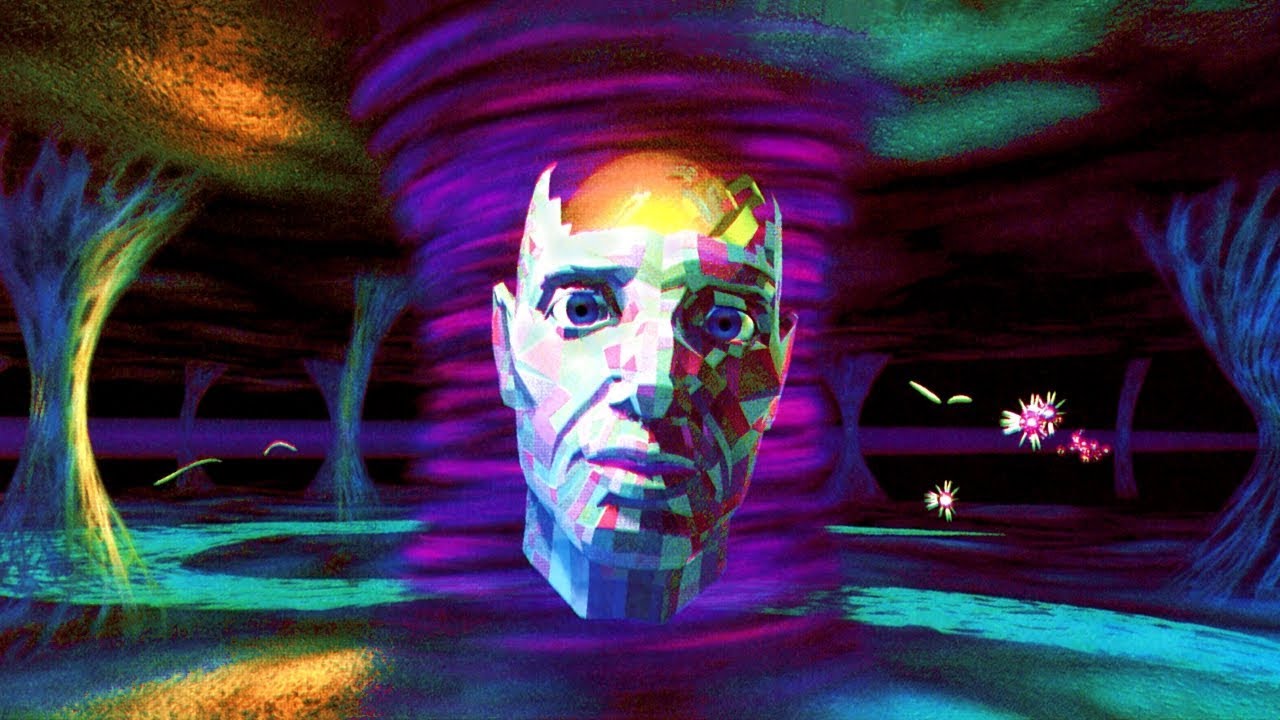
My imagination can even let me see things that I’ve never actually seen in real life. For instance whenever I’m reading a good novel my imagination goes into overdrive visualizing things that may have never have even existed. Consider Arthur C. Clarke’s novel ‘Earthlight’ for example. I haven’t read that book in at least ten years but I can see the battle sequence in my mind any time I want, that’s the impression it made on my mind’s eye.
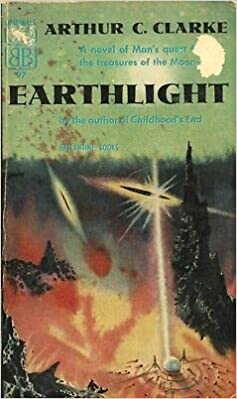
As a scientist and engineer having a good imagination is definitely a benefit. I can often visualize what should be the results of an experiment, or a circuit, before I begin any testing and if something isn’t right I know it immediately. And any time I’m doing one of those math ‘word problems’ that everyone hates I can visualize what the problem is really about making it much easier to solve.

Not everyone has such a vivid imagination. For some people trying to conjure up images from their own past life, the face of a deceased parent say, requires a considerable mental effort. There are even a small percentage of people, estimated at 1-3% of the population, who are simply incapable of forming mental images of any kind, people who have no minds eye at all.
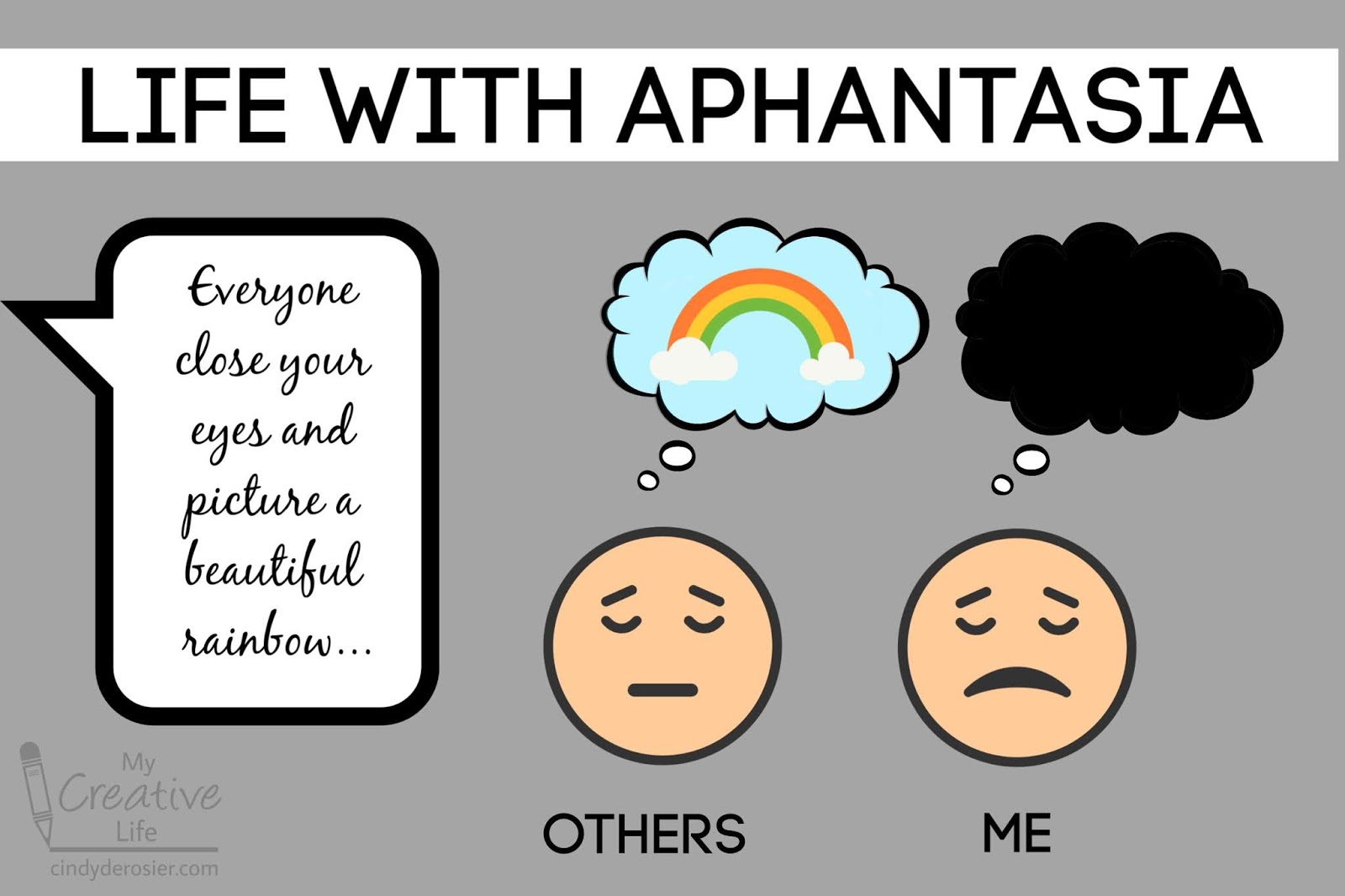
Such a condition is medically known as aphantasia and can usually only be detected by long a series of psychological tests, tests that are inherently subjective and can often lead to an ambiguous result. Now however a new study has been published in the journal eLife by researchers at the School of Psychology at the University of New South Wales in Sydney Australia that details a direct, physiological technique for diagnosing aphantasia.
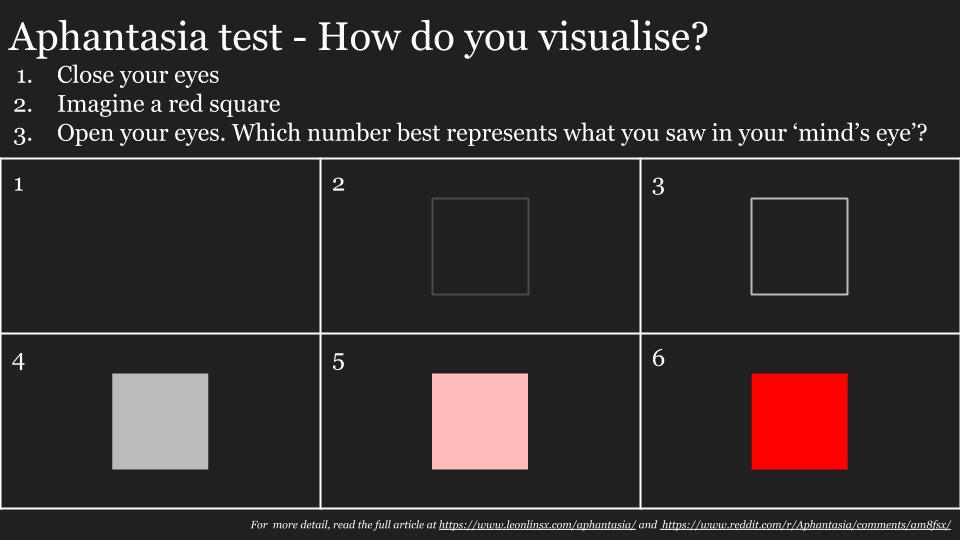
The test begins simply enough, the patients are shown a chart with a bright figure set against a gray background and told to stare at the bright figure. Just as in a bright room staring at the bright figure causes the subject’s pupils to respond by contacting somewhat, and the size of the contracted pupil is then measured. The patients are then shown a similar dark figure set against the same gray background. As the subjects stare at the dark figure their pupils will expand, as they would in a dark room. As before the size of the expanded pupil is measured and compared to the earlier contracted pupil size.


Now comes the interesting, even kinda weird part. The patients are now asked to imagine the bright and dark figures they were shown earlier and their pupils should react as before, although maybe not to the same extent. By comparing the second set of results to the first however gives a direct value for the patient’s ability to form a visual image in their mind’s eye.
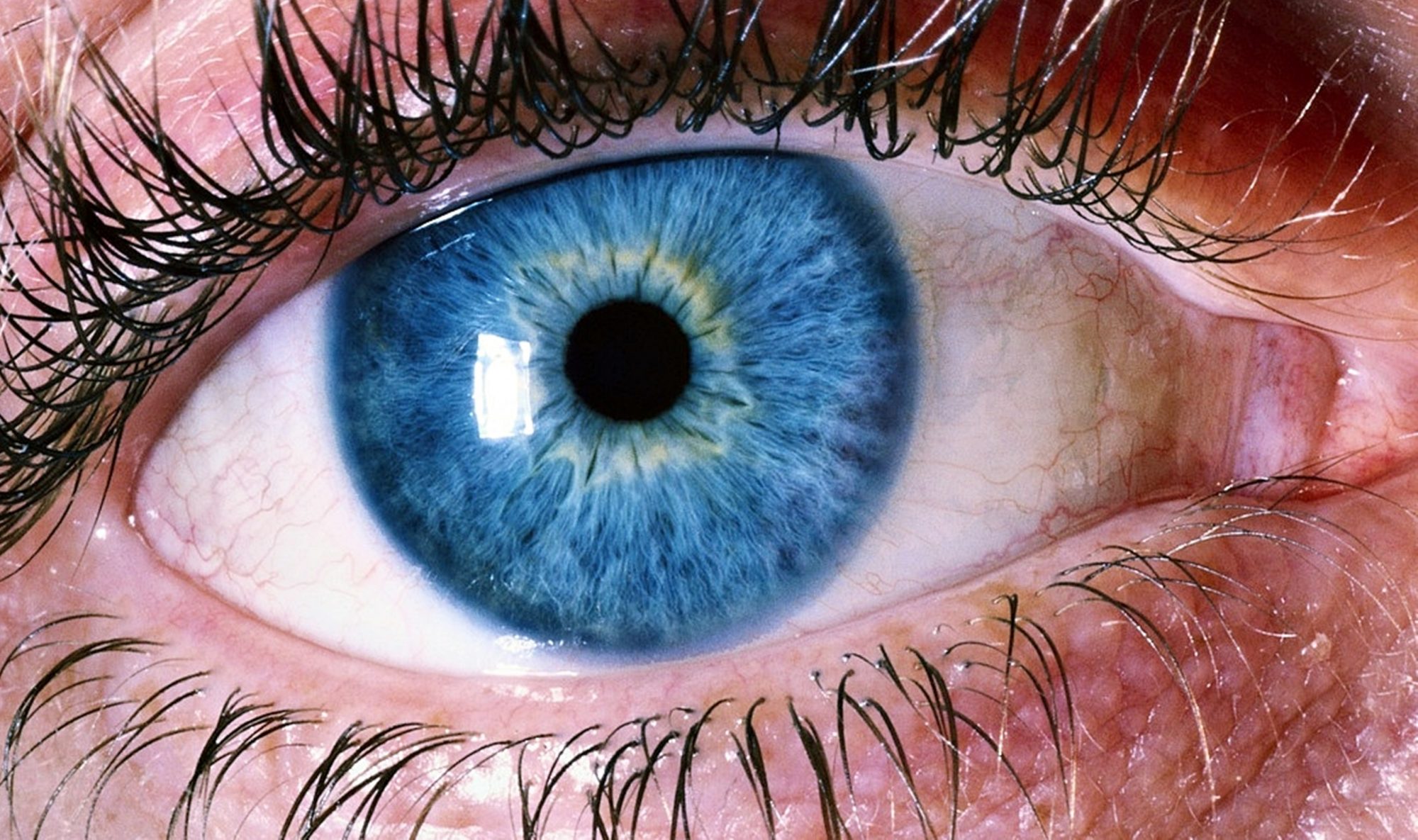
If you’re thinking that all this smacks of mind over body, well that’s what I think is so interesting. The very idea of our imagination causing actual changes to our body actually isn’t that hard to believe; after all just thinking about sex can certainly stimulate some organs. Still the notion that our eyes will react by our just visualizing bright or dark objects is really rather eerie.
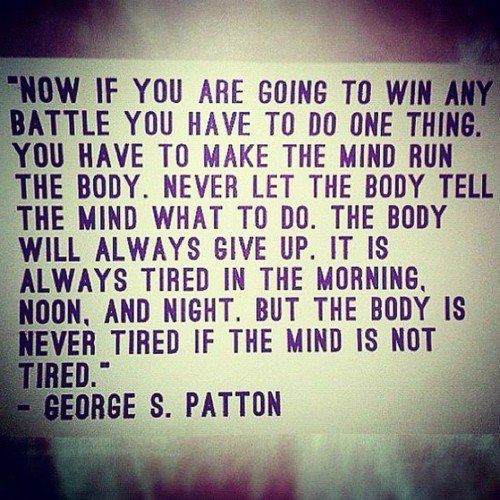
There’s an old expression that ‘the eyes are the window to the soul’. Well what the scientists in Australia have found is a way to use our eyes to measure the strength of our Mind’s Eye.

